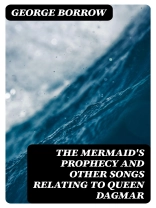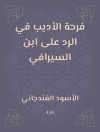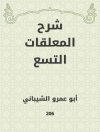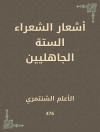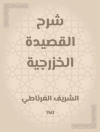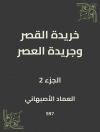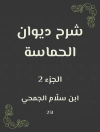In ‘The Mermaid’s Prophecy and Other Songs Relating to Queen Dagmar, ‘ George Borrow intertwines poetic narrative and folklore, exploring themes of love, loyalty, and the supernatural within a medieval backdrop. Written in Borrow’s signature lyrical style, the collection serves as an homage to Danish Queen Dagmar, gracefully intertwining legends and ballads with the rich tapestry of Norse mythology. Borrow’s adept use of rhythm and vivid imagery evokes the mystical qualities of the sea and the poignant emotions of the human experience, illustrating a unique interplay between history and fantasy. George Borrow was a renowned Victorian writer known for his profound interest in languages and cultures, having traveled extensively across Europe. His deep fascination with Danish history and folklore is evident in this collection, reflecting his admiration for its rich narrative traditions and his desire to revive stories that were at risk of being forgotten. Borrow’s own experiences as an outsider seeking to understand diverse cultures informed his narrative approach, allowing him to create a work that resonates with authenticity and depth. Readers with an appreciation for the intersections of history, folklore, and poetic expression will find ‘The Mermaid’s Prophecy and Other Songs Relating to Queen Dagmar’ to be both enchanting and thought-provoking. This collection is not only a tribute to Queen Dagmar but also a testament to the power of storytelling in preserving cultural identities, making it a compelling read for enthusiasts of literary heritage.
Об авторе
George Borrow (1803–1881) was a British author whose works encapsulate a diverse range of subjects and styles, reflecting his multifaceted career as a writer, traveller, and linguist. Best known for his travel books and the colorful depiction of the lives of Romani people, Borrow’s writings illustrate his profound interest in language and marginal cultures. His biographer, Collie Knox, suggested that Borrow had a ‘Zest for the Romany way of life, ‘ which is vibrantly reflected in works such as ‘Lavengro’ (1851) and ‘The Romany Rye’ (1857). His narrative style is characterized by a blend of autobiographical elements with fictionalization, often imbued with his experiences among the Gypsies and his passion for their language and heritage. Though less renowned, ‘The Mermaid’s Prophecy and Other Songs Relating to Queen Dagmar, ‘ a collection based on Danish folklore, showcases his adeptness in translating and presenting foreign literary traditions to an English audience. Borrow’s literary style interweaves realism with romanticism, effectively capturing the essence of the diverse societies he encountered. His writings continue to be of interest to scholars of Victorian literature and those intrigued by cross-cultural interactions and ethnographic studies in the 19th century.
